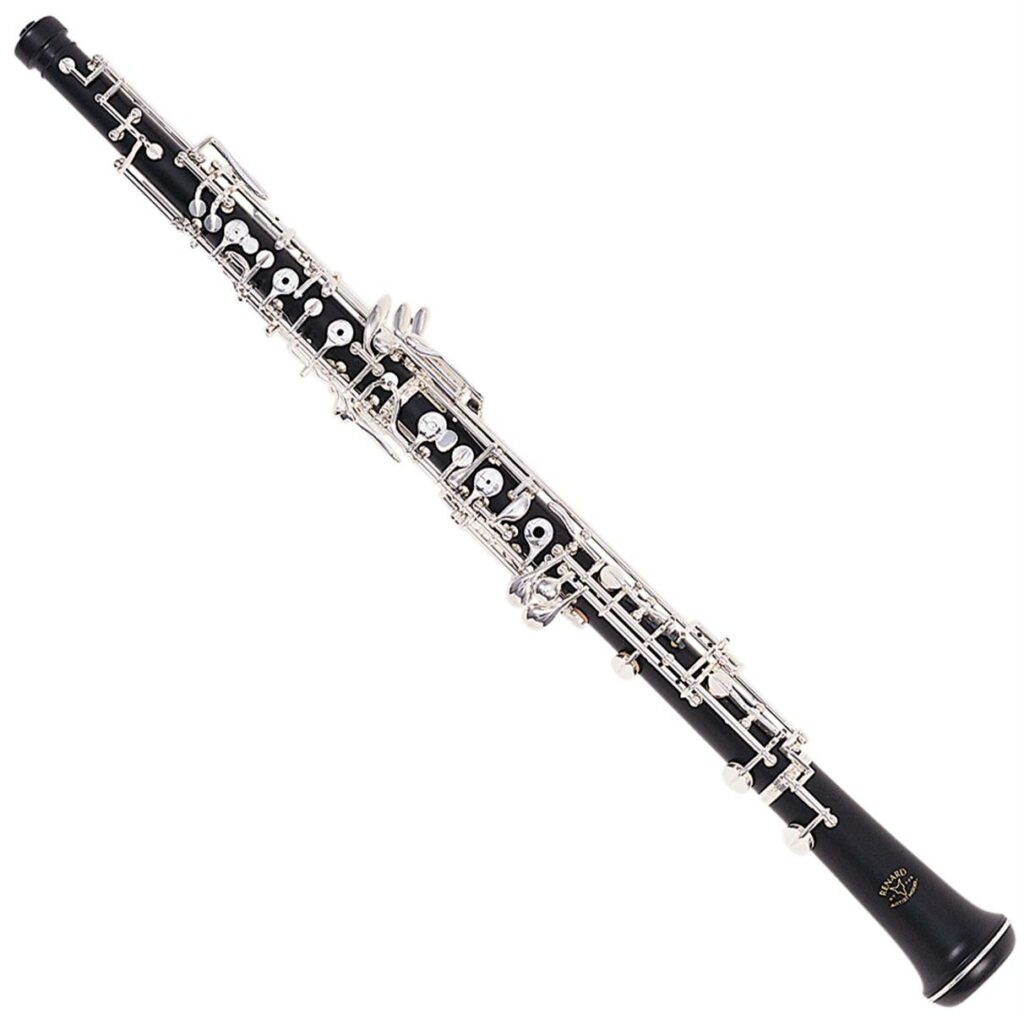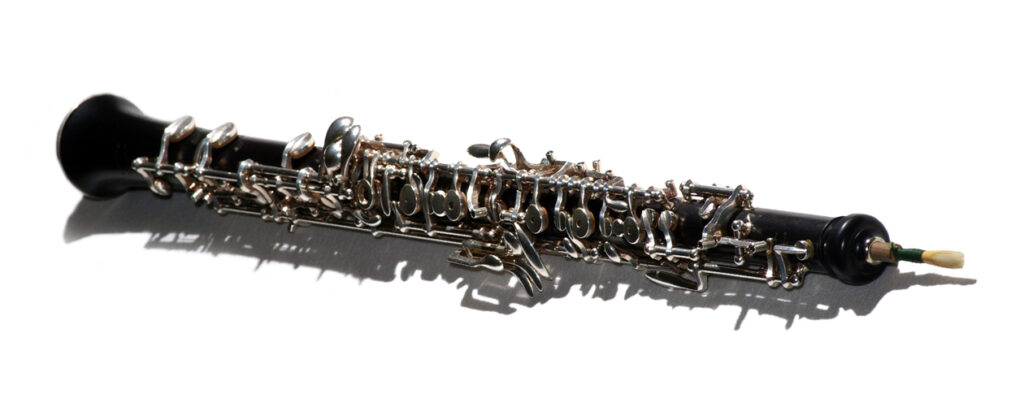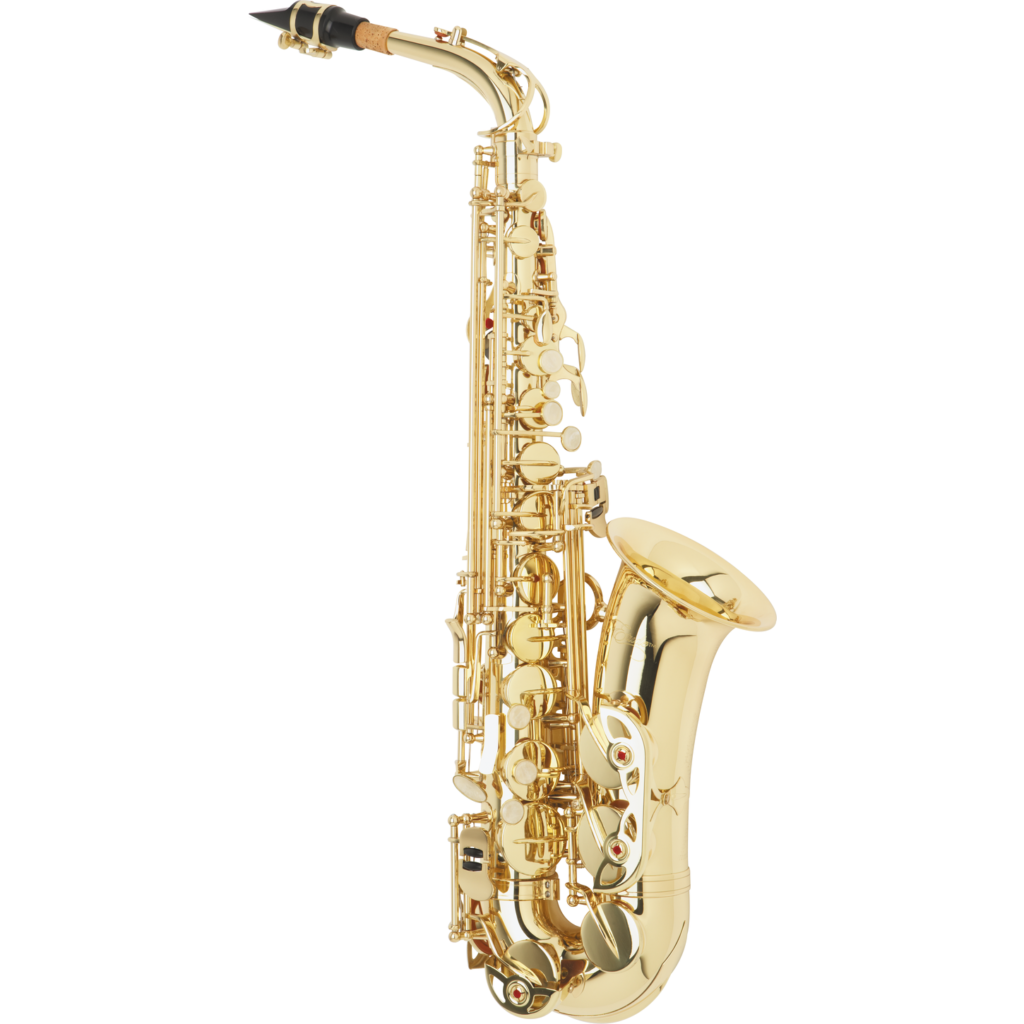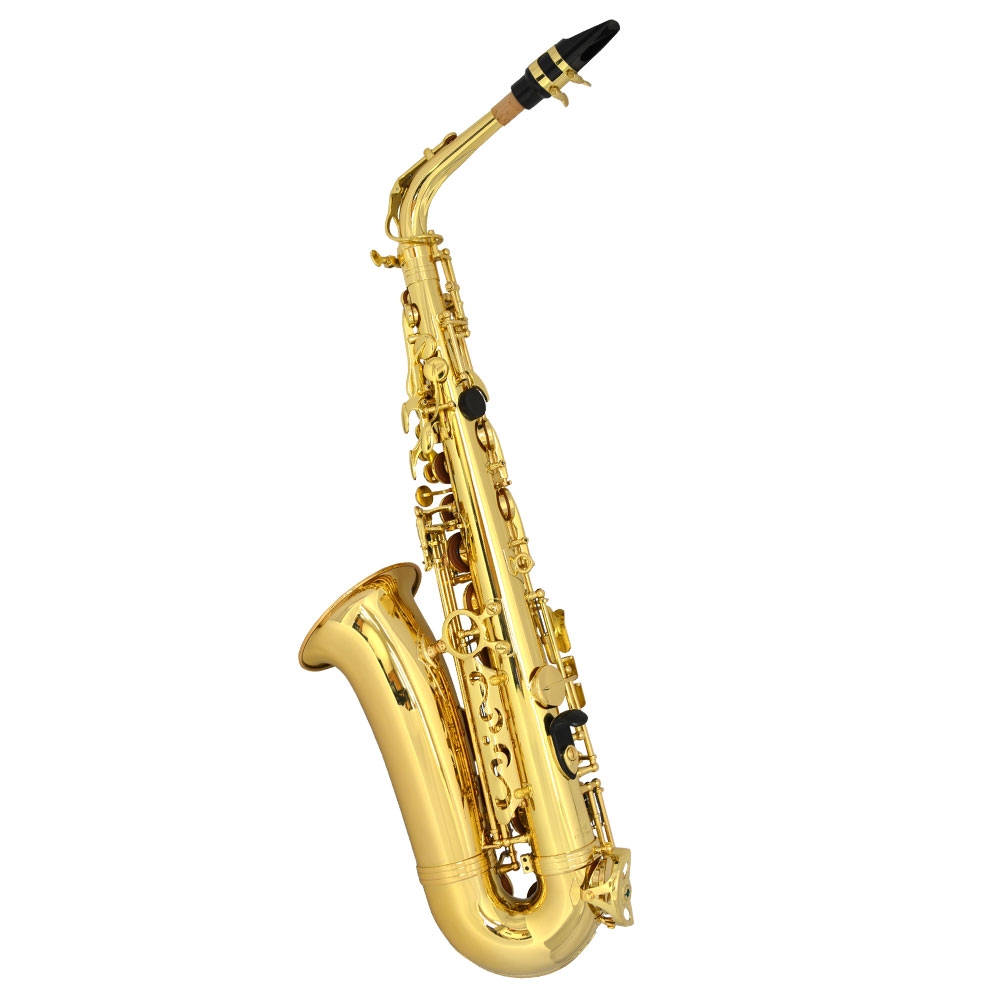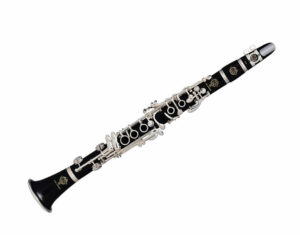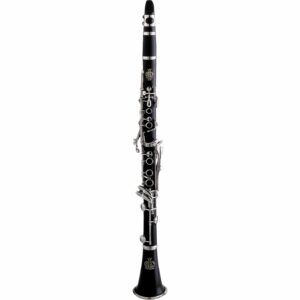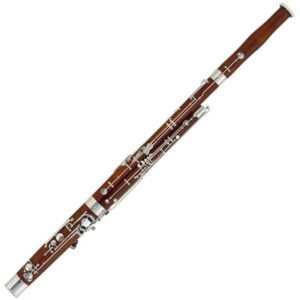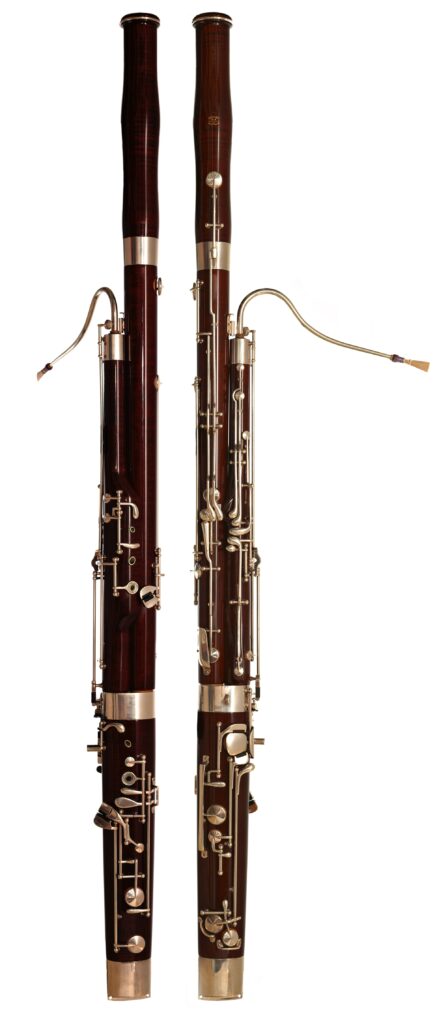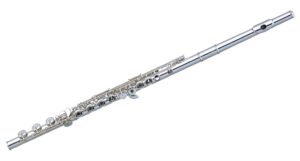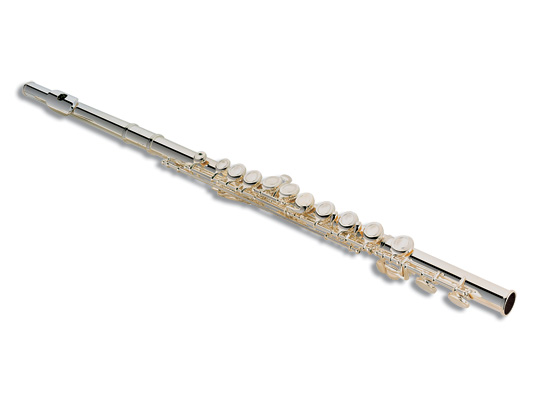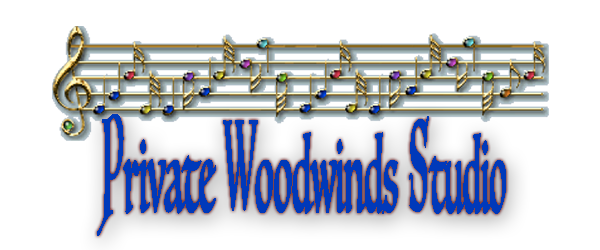
Below are a few audio clips of each of the instruments Anita teaches.
The Oboe
One of two double-reed instruments used primarily in orchestral music, it is also in the standard instrumentation of concert band music. Because it is a solo instrument, there are usually only two or three oboes in the large ensembles. It has a distinctive, melodious sound that composers love to use in their compositions.
The Saxophone
The saxophone comes in five sizes: soprano, alto, tenor, baritone, and bass baritone. This bright, flashy instrument is the foundation of jazz band instrumentation, and is a staple in concert band and marching band. On rare occasions, it is featured in an orchestral work as a solo. It is a single-reed instrument that can produce a wide range of tone colors as is appropriate in the musical setting. As an easy woodwind instrument to learn, it’s a perennial favorite for beginning band students.
The Clarinet
The clarinet is the “violin” section of the band. Like the trumpet, it is the largest section, and the band director will always welcome another clarinet player. It has an extensive range, and is utilized not only as a “choir” but also a solo instrument. Sometimes it is used in jazz band. It is a single-reed instrument, and is made of plastic as well as granadilla wood. Its sound widely varies from a velvet, warm, subtle tone to an edgy, robust sound that can stand up to the other wind instruments out on the marching band field.
The Bassoon
A double reed cousin of the oboe, the bassoon is not for the faint-of-heart. Like the oboe, it is primarily an orchestral instrument, but is also an important solo instrument in concert band. It is the most challenging woodwind instrument to learn, but its deep, resonant sound makes all the effort to learn it worthwhile. Like the clarinet, it has a huge range, extending four octaves. To master this instrument well, the student must be ready physically, and be mature enough to commit to this level of difficulty.
The Flute
Everyone knows the flute. It’s famous as a solo instrument, and is first in line in orchestra, concert band, marching band, and small group ensembles. Once the student learns to make a good sound on the head joint, there’s no limit to the enjoyment the student will get playing this high-pitched, smooth-sounding instrument.

